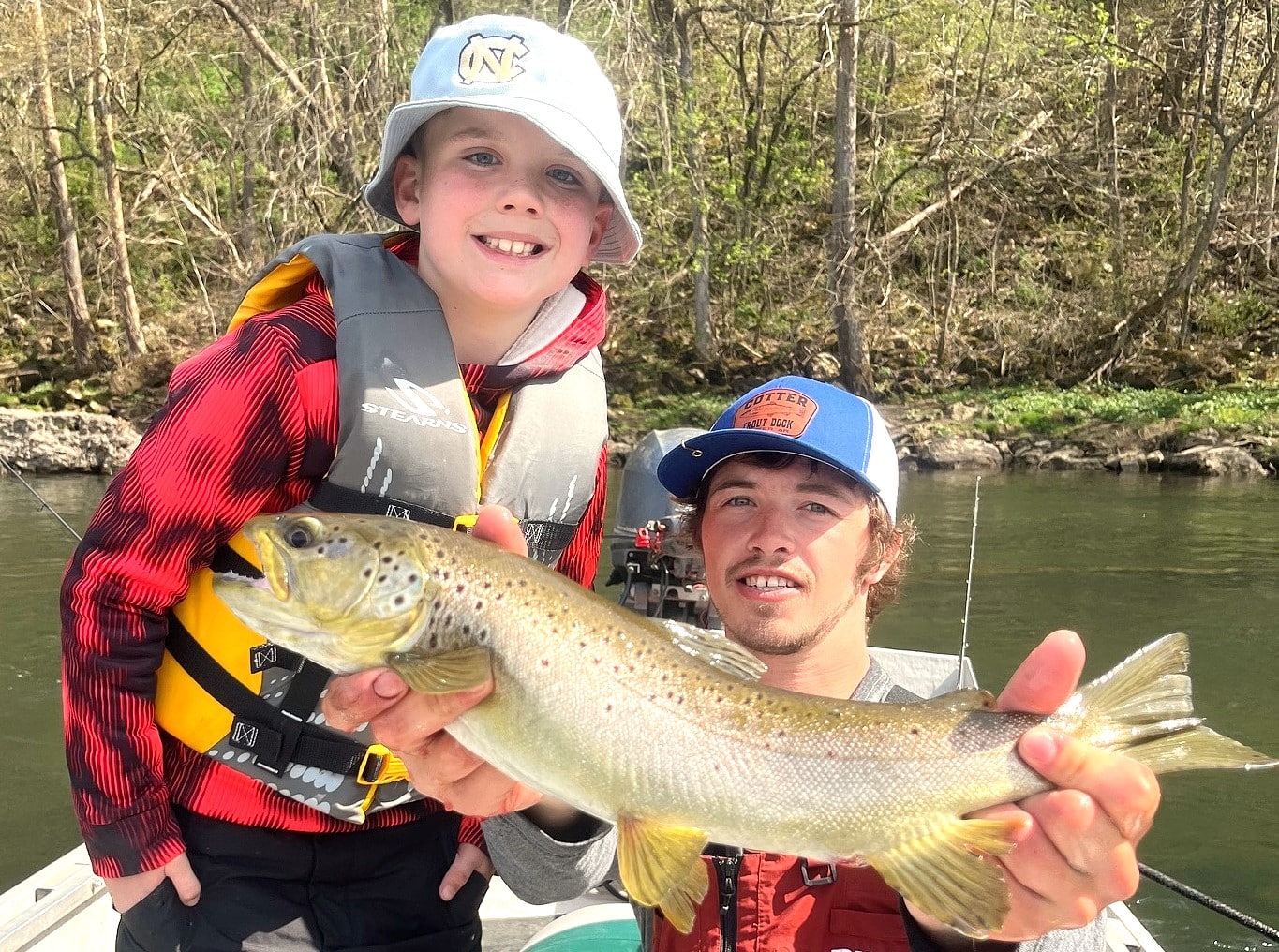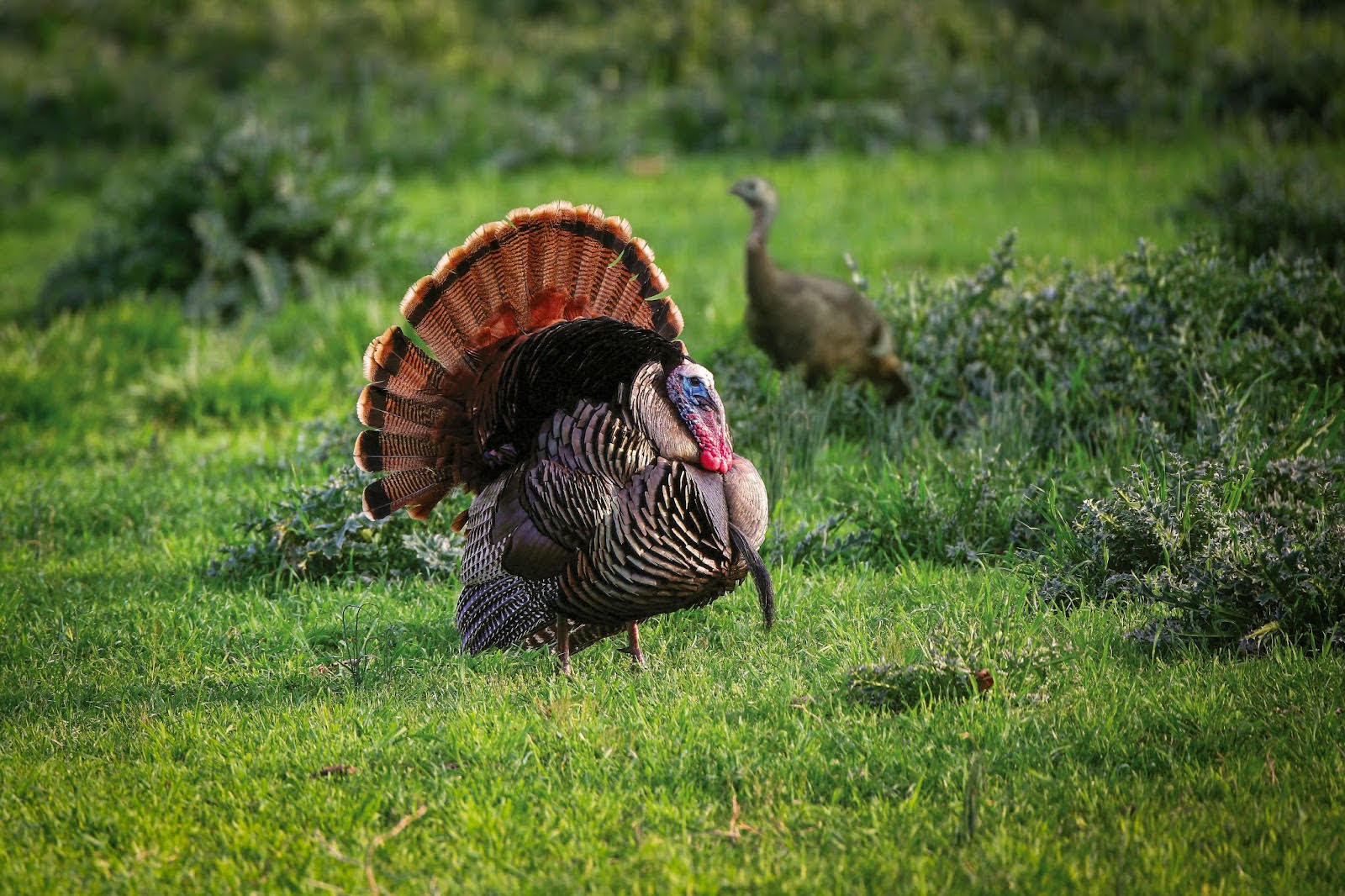AGFC planting bass and habitat on Arkansas River
ON 07-20-2022
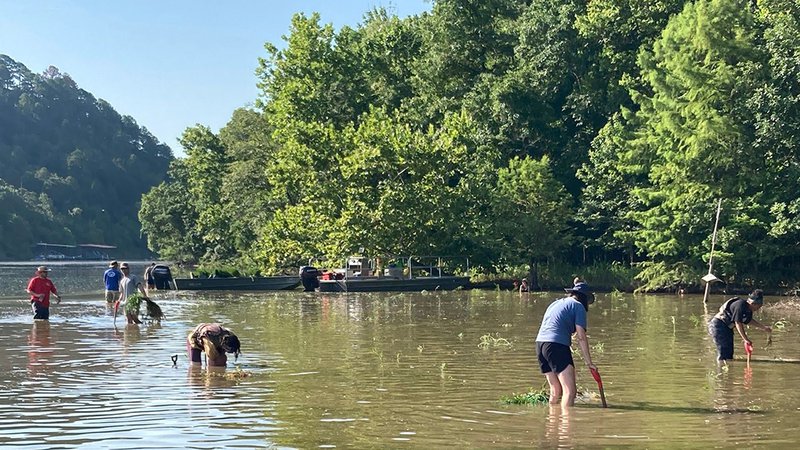
July 20, 2022
Assistant Chief of Communications
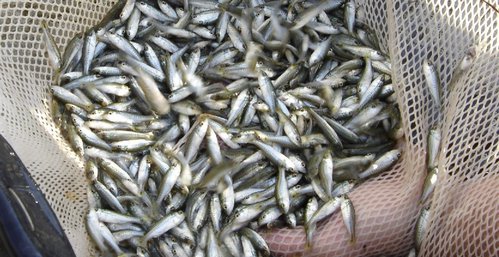
DARDANELLE — Arkansas Game and Fish Commission fisheries staff and volunteers recently completed two improvements focused on largemouth bass populations in the Arkansas River: one centered on stocking fingerlings to supplement poor reproduction during high current years; the other adding native habitat to give bass more cover for shelter and feeding locations.
AGFC staff from the Russellville Regional Office, Charlie Craig State Fish Hatchery in Centerton and William H. Donham State Fish Hatchery in Corning recently released 103,882 largemouth bass fingerlings throughout the lake to make up for a few years of low production seen in electrofishing samples and recent fishing tournament data.
“Three years of above-average flow and some recent floods negatively affected Lake Dardanelle’s bass population,” Frank Leone, AGFC fisheries supervisor in Russellville, said. “These fish should help the lake rebound faster when spawning conditions improve.”
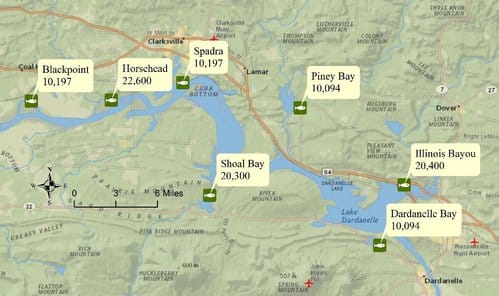
Leone explained that while the stocking will represent about 10-17 percent of the fish present from this year’s reproduction, it is not a magic bullet that will suddenly improve fishing catch rates.
“Anglers may catch a few more fish in future years from this stocking, but this is much more about filling the gap in the 2022 year class to help stabilize the population so it is ready to rebound when the flow allows a good spawn.”
Another critical component of producing excellent bass fishing is providing habitat along the areas of the river where fish can spawn naturally and grow. Many of the backwater areas along the Arkansas River that used to provide spawning habitat and cover for young fish have been cut off from the main body of the river by years of siltation following channelization of the river. Every high-water event not only moves sediment to block off access to valuable spawning areas, but also washes away or smothers existing vegetation that fish use closer to the main channel. Habitat improvements in these areas allow fish to glean every bit of benefit from the habitat remaining on this famous largemouth bass fishery.
In Pool 7 of the Arkansas River, commonly referred to as the Maumelle Pool, AGFC staff teamed with The Nature Conservancy’s Arkansas Youth Conservation Corps to plant American water willow, a native aquatic vegetation that is desired by both bass and bass anglers.
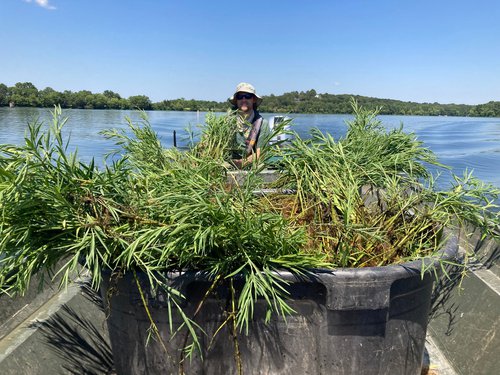
“Not only does water willow give refuge for young fish, but it forms a barrier to moderate currents and helps prevent shoreline erosion,” Will Lancett, habitat biologist at the AGFC’s Mayflower Regional Office, said. “It also grows in vertical stems, so anglers can fish through it fairly easily and catch bass and other predator fish that use the vegetation to ambush prey.”
According to Lancett, nine volunteers helped eight AGFC staff members plant 1,500 water willow plants across roughly 1,000 feet of shoreline.
“We harvested the water willow from nearby Beaverfork Lake, which has an abundant supply of the native vegetation and is close enough to efficiently transport to the river,” Lancett said. “It gave the volunteers a chance to see how this particular vegetation type is used to benefit our fisheries.”
Recent News
Subscribe to Our Weekly Newsletter E-mails
Don’t miss another issue. Sign up now to receive the AGFC Wildlife Weekly Newsletter in your mailbox every Wednesday afternoon (Waterfowl Reports are published weekly during waterfowl season and periodically outside the season). Fishing Reports arrive on Thursdays. Fill in the following fields and hit submit. Thanks, and welcome!

